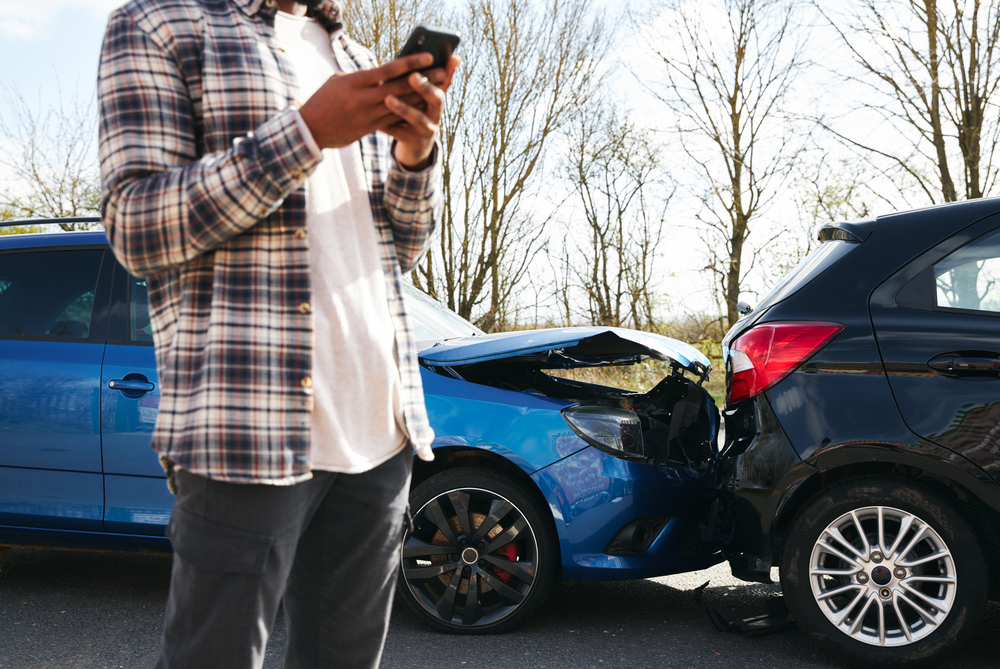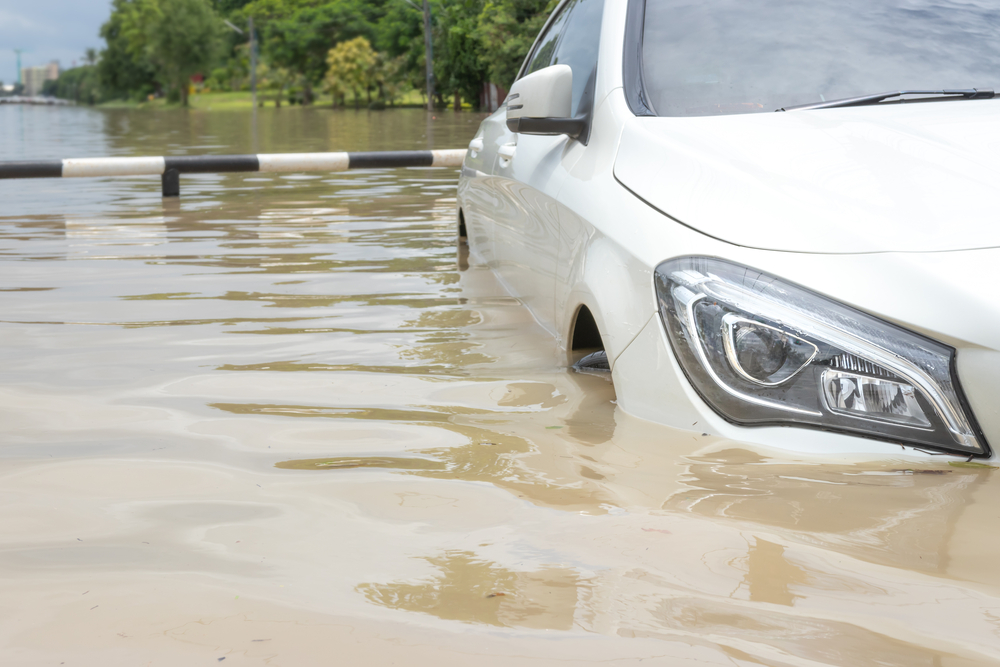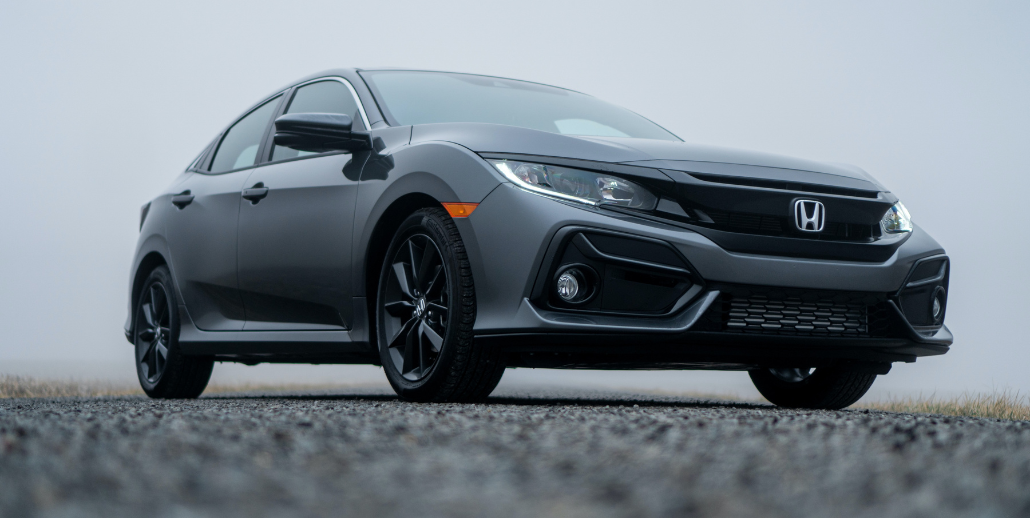In the event of a car collision, the impact is not limited to visible external damage. Any collision can also impact your vehicle’s structural integrity. One critical element that is particularly susceptible to damage during an accident is the car frame. Because the frame serves as the backbone of your vehicle, ensuring it is repaired is paramount. That is why today we are going to explain to role of frame straightening during collision repair. You will also learn how to find the best frame straightening services near you. Let’s get started.
Key Takeaways
- Car frames are vital for maintaining the structural integrity of a vehicle.
- Different types of car frames exist, and each requires specific repair techniques.
- Collision-induced damage to car frames can compromise the safety of the vehicle.
- Timely frame straightening is essential for ensuring the safety and functionality of the vehicle.
- It’s crucial to consult certified experts for frame straightening services.
3 Types of Car Frames
Car frames come in three different styles, depending on the kind of vehicle you are driving: ladder frames, unibody frames, and space frames. Here is more detail about each:
- Ladder Frames: These traditional frames consist of two long rails running the length of the vehicle, connected by several cross members. Ladder frames are common in trucks and large SUVs, providing robust support for heavy-duty applications.
- Unibody Frames: Common in modern vehicles, unibody frames integrate the frame and body of the car into a single unit, enhancing structural integrity, improving handling, and ensuring a smoother ride.
- Space Frames: Typically found in high-end vehicles, space frames utilize lightweight materials such as aluminum or carbon fiber. This design offers both strength and agility, contributing to improved performance and fuel efficiency.
Aside from the three different kinds of frames, there are structural elements attached—bolted, welded, or riveted—to the frame that make up the skeleton of your vehicle. These elements include pillars that support the windows, the core support, aprons around the fenders, the floor pan, rear support, and the firewall around the engine.
What Can Happen to a Car Frame During a Collision?
During a collision, there are various forces acting upon your vehicle that come in from multiple directions. When these forces collide with your vehicle, the frame may bend, twist, or even fracture. Therefore, even a small impact can lead to misalignments that compromise your vehicle’s structural integrity. Misalignments may also affect the vehicle’s ability to absorb future damage.
The more severe the collision, the worse the deformation of the frame. In some cases, if the frame is not or can’t be straightened, the vehicle may be too unsafe to drive.
What is Frame Straightening?
Frame straightening is a precise and specialized process that involves the use of hydraulic equipment and computerized measuring systems. Skilled technicians employ these machines and various techniques to reshape and realign a damaged frame. Typically, the vehicle is elevated and chains attached to posts are connected to the frame. Tension is placed on the chains, which gradually moves the frame back into the correct position. The goal is to return the car frame back to its original specifications.
When to Seek Frame Straightening
Seeking frame straightening immediately after a collision is crucial, especially when there are visible signs of frame damage. Even seemingly minor accidents can result in hidden structural damage. Prompt assessment and repair can prevent further complications and ensure the vehicle’s structural integrity and safety are restored to pre-accident conditions.
What Could Happen if You Don’t Get a Bent Frame Repaired?
Neglecting to address a bent or damaged frame after a collision can have significant and long-term repercussions, extending beyond immediate concerns. The consequences of a compromised frame can manifest in various critical ways, impacting the vehicle’s performance, safety, and maintenance costs.
Handling and Stability Issues
A bent frame can severely affect the vehicle’s handling and stability on the road. Misaligned frames can lead to irregular tire wear and compromised wheel alignment, resulting in steering difficulties and an overall decrease in driving control. This can make the vehicle more prone to swerving, especially at higher speeds, posing a significant risk to the driver’s safety and that of other road users.
Compromised Safety Features
The structural integrity of the frame is closely linked to the effectiveness of safety features such as airbags and seat belts. A damaged frame can undermine the structural support necessary for these safety measures to function optimally. In the event of another collision, the compromised frame may fail to absorb impact energy effectively, leading to a higher risk of severe injuries for the occupants.
Accelerated Wear and Tear
Ignoring frame damage can initiate a chain reaction, causing accelerated wear and tear on other interconnected mechanical components. Misaligned frames can exert additional stress on the suspension, steering system, and other critical parts, leading to premature wear and potential mechanical failures. This can result in costly repairs down the line and compromise the vehicle’s overall performance and reliability.
Structural Instability
Over time, unaddressed frame damage can lead to structural instability, diminishing the vehicle’s overall durability and lifespan. Compromised structural integrity can make the vehicle more vulnerable to further damage in the event of subsequent accidents. It can also impact the vehicle’s ability to withstand normal wear and tear, potentially leading to more frequent breakdowns and costly repairs, adversely affecting the long-term ownership experience.
How Do You Find a Qualified Frame Straightening Expert?
When searching for a qualified frame straightening expert, consider factors such as certifications, experience, and reputation. Look for auto body repair shops with a proven track record in handling various types of car frames. Ensure that the shop is equipped with the latest technology and tools necessary for accurate frame assessment and repair. Checking customer reviews, certifications, and industry affiliations can help you gauge the expertise and professionalism of the auto body repair shop.
Call Elmer’s Auto Body Today for Frame Straightening Services
If you were in a collision, there is a good chance that you need your frame straightened. Be sure to have your vehicle thoroughly inspected for damage. If you need frame straightening services, find a certified collision repair center.
Elmer’s Auto Body is a trusted name in the industry, known for its commitment to excellence in collision repair services. Our team of skilled technicians is well-versed in the art of frame straightening, equipped with the latest tools and technologies to handle even the most complex frame damage. We understand the critical role of a properly aligned frame in ensuring the safety and functionality of your vehicle. When you choose Elmer’s Auto Body for frame straightening services, you can rest assured that your vehicle will receive the utmost care and precision, returning it to its pre-accident condition.
Call one of our three locations in South Jersey today or fill out the contact form to schedule an appointment.







